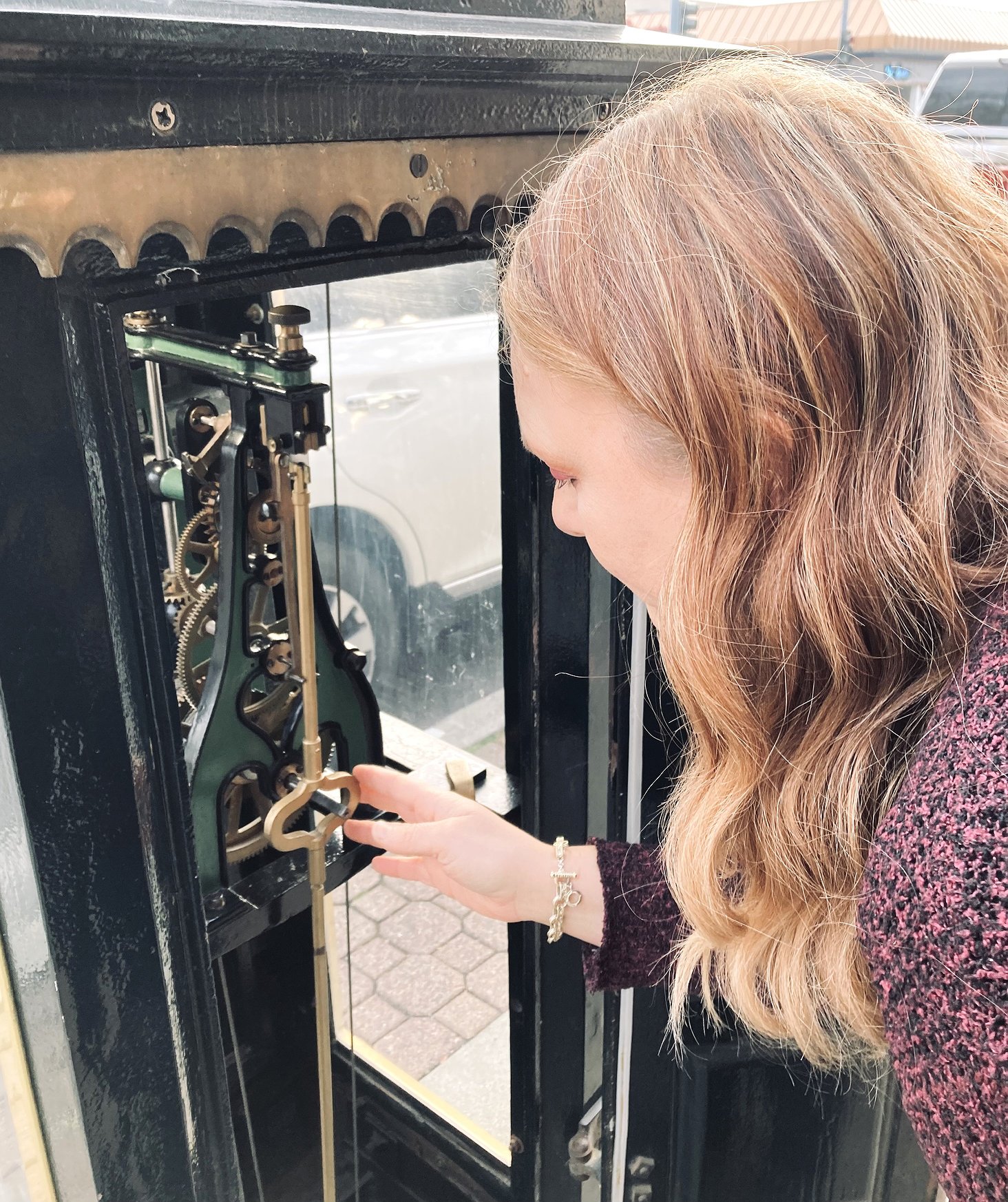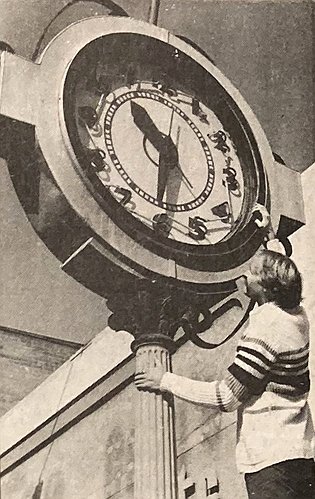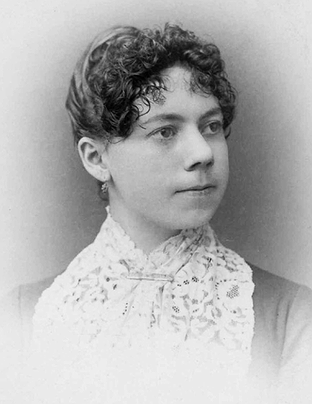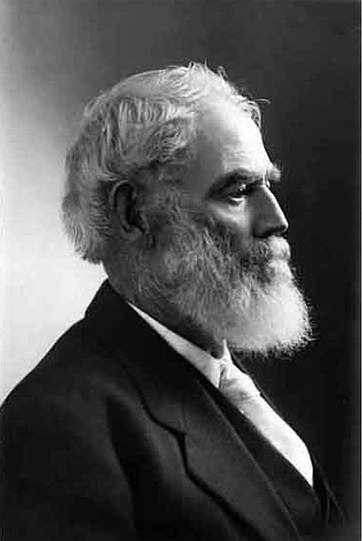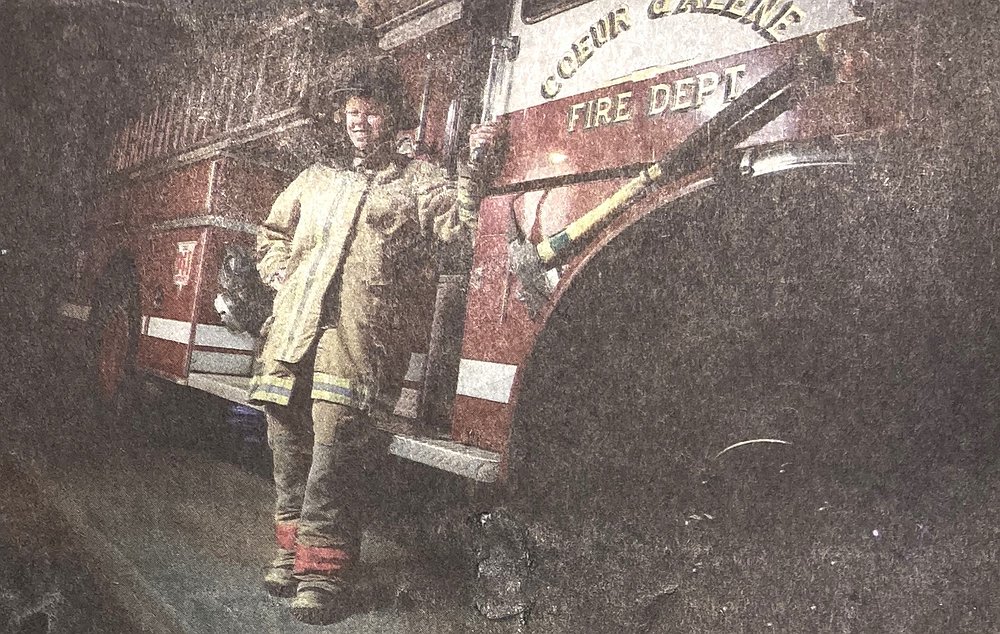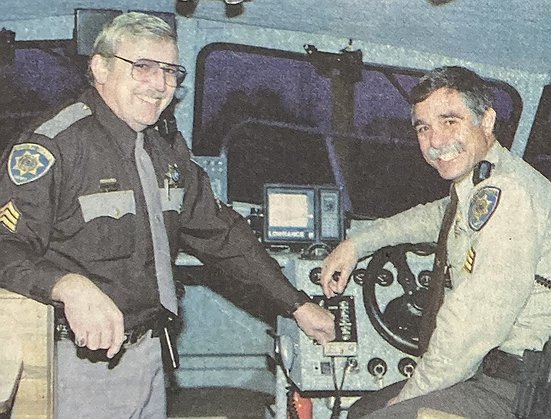HUCKLEBERRIES: A clock like no other
The giant cast iron clock in front of Clark’s Diamond Jewelry is slower now.
But you would be slower, too, if you had survived two world wars, 115 years of North Idaho winters, car crashes and a volcanic eruption.
“It’s like a hot rod left out in the weather,” former owner Dan Clark said last week.
Dan’s father, Ralph, once estimated that the clock was set ticking in 1907, when E.L. Overjorde opened his downtown jewelry store at the same location that Clark's is now: 307 E. Sherman Ave. But Dan believes the original owner bought the historic timepiece from a failed Spokane business somewhat later.
One thing’s for sure: The old clock has shared Sherman Avenue for more than a century with another downtown institution — Hudson’s Hamburgers. Harley Hudson, who started his family business in a tent known as the Missouri Kitchen in 1907, likely set his pocket watch to the precise time of the outdoor clock.
“Those clocks were special,” said Dan Clark, whose daughter, Jane, now owns the jewelry store. “Every guy who came down the street would check his pocket watch against the clock.”
Dan knows of no other street clock like Clark's that runs without electric motors. In November 1983, the Coeur d’Alene Press described how the clock operates:
“The clockworks are powered by a 250-pound weight attached by steel cables to a pulley. Each week, a large crank is used to lift the weight to the top of the movement. The kinetic energy of the falling weight, regulated by a marvelous collection of brass gears, keeps a 40-pound pendulum swinging with precision. An eight-foot driveshaft runs from the works at the sidewalk level to the large hands on the clock face.”
In the 1980s, Robert Stillman, a Coeur d’Alene clock repairman, was amazed by the clock’s accuracy. During a cleaning of the clockworks, Stillman found that gritty Mount St. Helens ash had worn away part of the brass workings but the mechanism had little wear — and the clock was spot-on exact.
“It’s the damnedest thing I’ve ever seen,” Stillman told The Press. “It’s accurate to one-hundredth of a second.”
As a kid, Dan Clark was responsible for keeping all the clocks and watches in his father’s shop fine-tuned.
In its heyday, the clock needed to be cranked once every eight days to keep it running smoothly. Now, it needs to be cranked every five days. On Nov. 18, it was running two minutes behind.
In November 1983, Ralph Clark ordered an overhaul of his unique timekeeper when it began to lose time, and a dozen coats of paint had obscured its former grandness. Hern Ironworks cast new iron parts. And the frame was sandblasted back to bare metal. The process revealed that the fixture had at times been painted bright green, salmon pink, white, forest green and brown.
The clock was restored to its original color: black.
After he became owner of the store, Dan Clark provided a personal touch. On the face of the clock, beneath the two great hands, he added two words: “TAKE TIME.” The same inscription can be found on his father’s tombstone: a fitting summary for a man and a family that know the importance of time.
O Pioneers!
A clock also figured in Mary Ferrell’s Press obituary Nov. 24, 1953. In an accompanying photo, she is shown holding the clock she got from the paper in 1952 for being a subscriber since the first edition was published Feb. 20, 1892.
If the name Ferrell means nothing to you, maybe her maiden name will: Canfield.
She was a grandchild of the only white man who survived the Cayuse attack on the Whitman Mission near present-day Walla Walla on Nov. 29, 1847. And the daughter of one of the children abducted during the raid: Oscar Canfield.
The Canfields had lived at the Whitman Mission for a month when the killings of Marcus and Narcissa Whitman and 11 others occurred.
Mary was 12 when her family relocated from San Francisco to the base of what is now Canfield Mountain in 1878, the year Fort Coeur d’Alene (Sherman) was built. Her father supplied beef for the new military post. And hosted Civil War General William Tecumseh Sherman, a distant relative.
Sherman picked the site for the fort and named the mountain after the Canfields.
An eventful day
In late November 1963, Publisher Duane Hagadone and his newspaper staff were excited to show off their remodeled building and modern printing process.
A double-page ad in the Friday paper invited North Idaho residents to tour the facilities “and see firsthand how a modern newspaper is produced.”
A month earlier, The Press had switched from the cumbersome hot-metal process to offset printing. The editors, staff and composing room had worked out the bugs. And the photos, advertising and print in the paper never looked better.
Duane and his staff were primed to meet the public. And the unexpected front-page banner headline that day would make the paper a keepsake for generations to come. On Nov. 22, 1963, the day The Press announced its weekend open house, the headline, in huge black letters atop Page One, shouted:
“KENNEDY SLAIN.”
Huckleberries
• As shoppers grapple hand to hand/in stores and malls across the land,/all the economists quite agree/virgin births are good for GDP — The Bard of Sherman Avenue (“Black Friday”).
• Giving the Bird: KVNI-AM is gone as a local news source and so is the station’s “Give Your Boss the Bird” contest: the bird being a turkey. For Thanksgiving 1983, county assessor employees won a turkey for their boss, Tom Moore, by writing a nice essay about him. Y-J Foods (also no more) provided 15 turkeys, weighing 20 to 25 pounds, for the tongue-in-cheek contest.
• Oopsy: John Austin, the former city finance director, said Leaf Fest 1997 wasn’t canceled to save money. Rather, he said: “The county refused at the last minute to take the leaves at the landfill, so we had no choice.” John agrees that the canceled Leaf Fest helped unseat Mayor Al Hassell.
• Factoid: Mandy Jacques, then 26 and a former North Idaho College basketball player, was the first female firefighter to serve on the front line of the Coeur d’Alene department. In the fall of 2003, she broke through that glass ceiling by subbing for a firefighter on military leave.
• Up in the Sky: In the fall of 1983, two out-of-state developers changed the Coeur d’Alene skyline forever by beginning work on what would become Coeur d’Alene North, a nine-story mix of condos and commercial space along Northwest Boulevard. Park Tower, The Coeur d’Alene resort, McEuen Terrace, Parkside and One Lakeside followed. The 18-story Thomas Paine is next. And it won’t be the last.
• In his 14 years as a water cop, Nile Shirley pulled more than 40 bodies from our lakes and rivers. On Nov. 21, 1993, as he prepared to switch jobs in the Kootenai County Sheriff’s Office, the marine division commander told The Press that the drowning victims had one thing in common, besides their tragic endings: “I have yet to recover a body that had a life jacket.”
Parting shot
“The Day After,” an ABC-TV show about a fictional nuclear attack on Lawrence, Kan., once had us in a tizzy. On Nov 21, 1983, community leaders who had previewed the film urged all but little children to see it. But Pastor Richard Hermstad of Coeur d’Alene’s Trinity Lutheran Church warned: “I think some people are going to have nightmares (afterward).” A local radiologist said that a nuclear bomb dropped over Fairchild Air Force Base in Spokane would vaporize people at Ground Zero. And he elaborated that “vaporize” meant “gasifying, cooking you to carbon dioxide, reducing the molecules to vapor. There would be no visible trace left.” That same blast would cook our brains in Coeur d’Alene. Ah, happy holidays.
• • •
D.F. (Dave) Oliveria can be contacted at dfo@cdapress.com.
 The Coeur d’Alene Press staff in November 1963: (seated from left) Frances Cope, government and police reporter; Kay Dimeling, women’s news; and Mabel Gellner, dark-room technician; and (standing from left) Charles Sowder, city editor; Harry Arnold, general news editor; and Bob Maker, sports editor.
The Coeur d’Alene Press staff in November 1963: (seated from left) Frances Cope, government and police reporter; Kay Dimeling, women’s news; and Mabel Gellner, dark-room technician; and (standing from left) Charles Sowder, city editor; Harry Arnold, general news editor; and Bob Maker, sports editor. 










